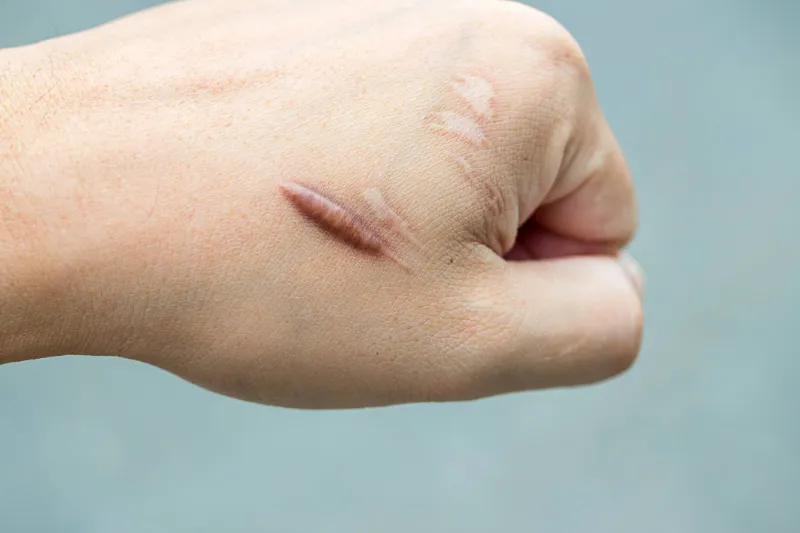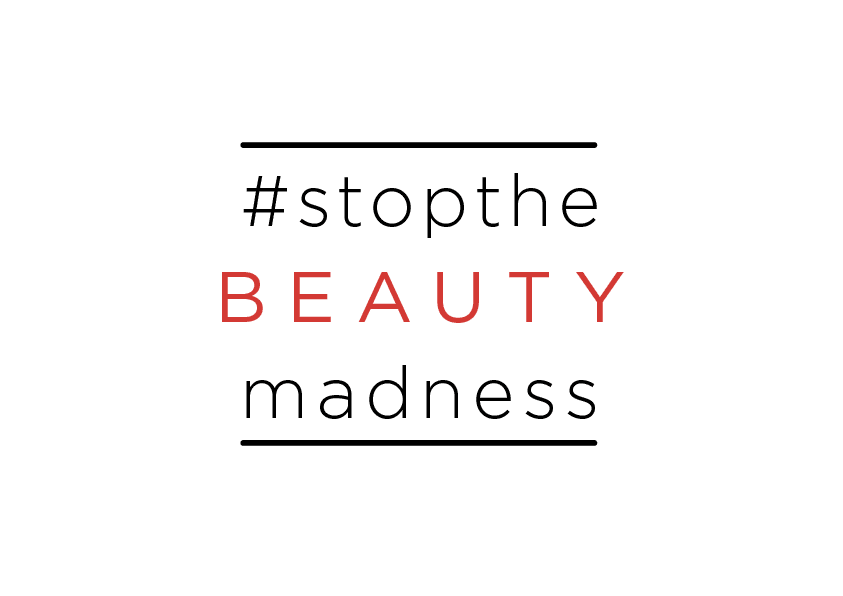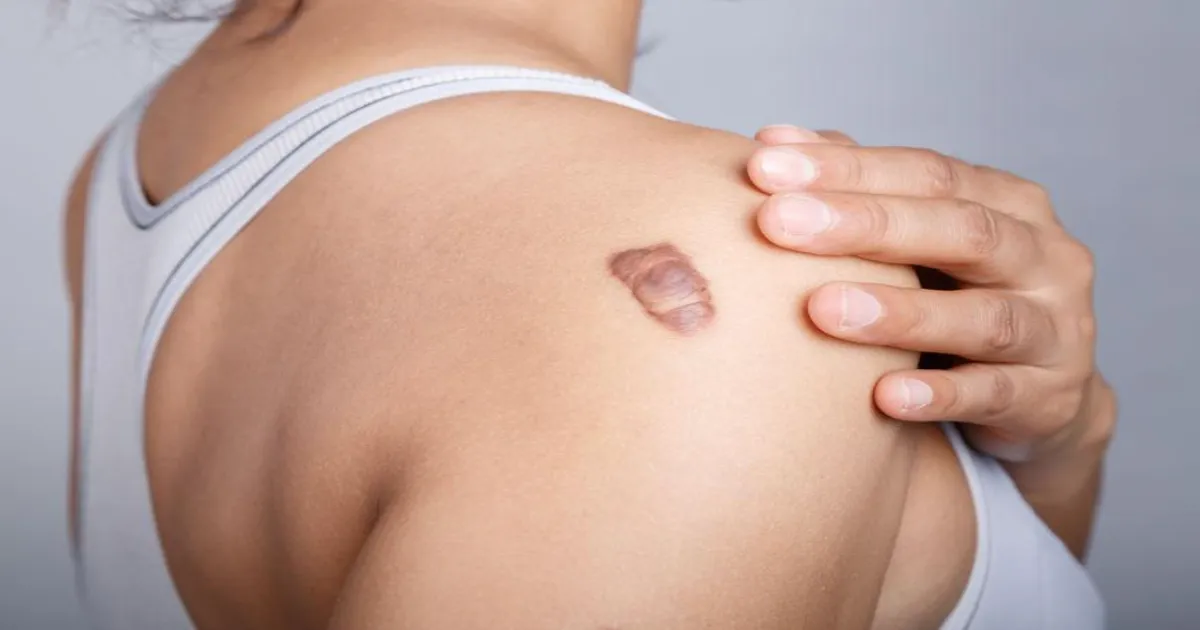The body is programmed to heal any open wound in a specific way. The reparation begins with the production of skin cells and fibroblasts. The fibroblasts create a network where the skin cells settle and close the open wound.
In a healthy healing process, the fibroblasts and skin cells have the same rate of production and produce a normal scar that will fade with time. However, if the fibroblasts reproduce faster than the skin cells, they will form a dense band that impedes the migration of the skin cells to the wound. The result, in this case, is a raised scar known as a keloid scar or hypertrophic scar.
What is the difference between the two? The following article will explore the main differences between these types of scars and as well hypertrophic and keloid treatment.
Keloid Scars

Keloid scars are types of scars that grow beyond the area of the original wound. They are a puckered, itchy cluster of scar tissue that rises above the rest of the skin. This type of raised scars are irregular in shape and, unlike other types of scars, they usually do not fade with time, but grow larger.
They range in color from pink to red and sometimes become quite large and unattractive. They can also be tender to the touch, itchy and sometimes painful. On a microscopic level, keloid scars are a mass of thick collagen levels that form nodules deep within the scar tissue.
Hypertrophic Scars
Hypertrophic scars are the result of the body overproducing collagen. As a result, the damaged cells produce a raised scar much like a keloid scar. However, hypertrophic scars are limited to the site of the original wound unlike keloid scars.
Keloid Scar Removal Treatment
There are several treatments for raised scars. But we will concentrate on two of the most common options: compression therapy and corticosteroid injections

Compression therapy entails applying pressure to the scar and the area around it. Reports have stated that by applying pressure to the scar, there is a reduction in the cohiesiveness of collagen fibers. Compression treatments include ACE bandages, elastic adhesive bandages, compression wraps, spandex or Lycra bandages among others.
Intralesional corticosteroid injections have be a common treatment to promote hypertrophic scar healing. Corticosteroids reduce excessive scarring by reducing collagen synthesis, by altering glucosaminoglycan synthesis and by inhibiting the production of fibroblast proliferation during wound healing.
Surgery, cryo treatments and laser therapy are other alternatives for the treatment of raised scars. Be sure to check with your doctor to choose the best option for you.
When anomalous scar healing leads to hypertrophic or keloid scars, you do have a wide range of keloid scar removal treatment alternatives from which to choose. Raised scars treatments can also include deep tissue massages and skin exfoliation as well as compression therapy and corticosteroid injections for scar treatment skin repair.

